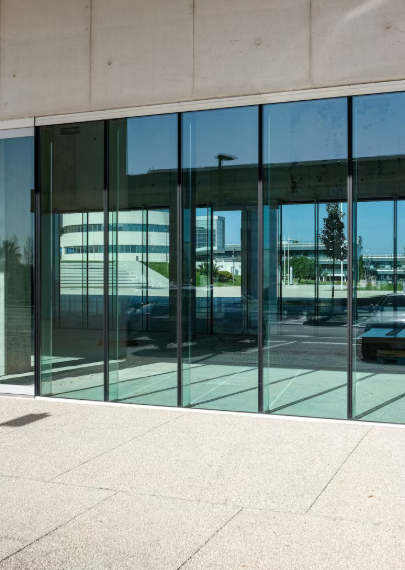Over time, the way we design our homes and workplaces has evolved with changing lifestyles. In Sydney, where architecture often balances tradition with modernity, aluminium has emerged as a material that meets both aesthetic and practical needs. Its role in doors and windows is no longer limited to function—it now shapes how we live, work, and interact with our spaces.
The Shift Toward Open-Plan Living
Sydney homes increasingly embrace open layouts, with a focus on light, ventilation, and flexible indoor-outdoor flow. Aluminium doors such as bi-folds, stacking systems, and sliding designs have made this transition seamless. They allow for uninterrupted movement, giving homeowners the freedom to merge living areas with outdoor entertainment spaces.
The Urban Business Landscape
In commercial districts, aluminium shop fronts have become a defining feature. They project a polished, modern image for businesses while also offering resilience against the elements. By combining style with durability, aluminium has helped reshape how Sydney’s streetscapes look and feel.
Workspaces with Character
The design of work environments has shifted toward openness without sacrificing professionalism. Glass office partitions framed in aluminium provide natural light and visual connection, supporting a collaborative atmosphere. They demonstrate how doors and windows are more than structural necessities—they contribute to workplace culture.
Balancing Strength with Elegance
What sets aluminium apart is its ability to provide slim, elegant frames without compromising on strength. Aluminium windows, for example, can accommodate larger glass panels, bringing expansive views into homes and offices. This combination of durability and elegance reflects Sydney’s preference for spaces that are both beautiful and practical.
Building for the Future
The versatility of Aluminium Doors and Windows highlights their role in sustainable, future-focused construction. Aluminium is long-lasting, recyclable, and adaptable—qualities that align with Sydney’s architectural direction. As demands for energy efficiency and style grow, aluminium continues to stand at the forefront of design innovation.












